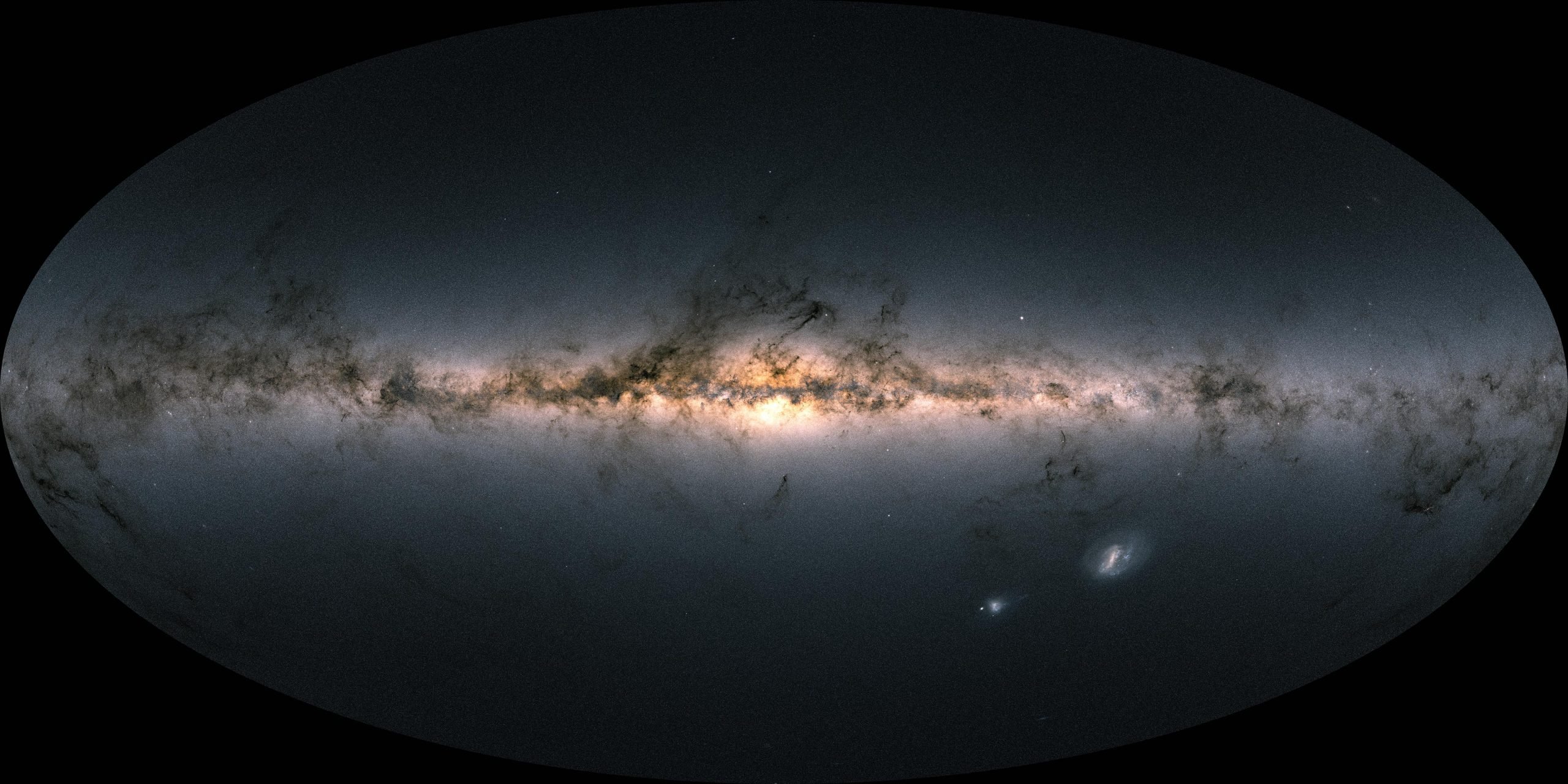My Research

Background
My research mainly focused on the Milky Way galaxy. The Milky Way is particularly interesting because it is the simplest galaxy to study out of the millions of galaxies we observe as it is the only one that we can study in the greatest detail on a star-by-star basis due to our residence inside it. The understanding of the formation and evolution of the Universe and galaxies is seeing an unprecedented advance since the last decades due to the technological advancement in the both telescope optics and detectors to increase data quality, computer-based automation to increase survey efficiency as well as high performance super-computing to handle the big data from large-scale survey, large-scale simulation and complex machine learning algorithm. We live in a golden era of Galactic surveys with data from Gaia, Galactic Archaeology with HERMES (GALAH), SDSS-V and the upcoming ESO’s 4-Meter Multi-Object Spectroscopic Telescope(4MSOT). Understanding the formation history of galaxies in general is important to understand the formation and dynamics of the Universe since galaxy formation is an important epoch in the structure formation predicted by the $\Lambda$-CDM model.

My current research focuses on using new robust machine learning methodology to analyze big astronomical survey data-sets, such as spectroscopic data from the Sloan Apache Point Observatory Galaxy Evolution Experiment (APOGEE) and Gaia astrometric data to better understand the Milky Way Galaxy. I use new robust machine learning methodologies such as multi-layer (“deep”) Bayesian artificial neural networks, which can learn complex mapping functions between inputs andoutputs while considering uncertainty in training data and also providing uncertainty estimates for predicted values. These new machine learning technologies provide data products withhigher precision than available from traditional analyses which helps further our understanding the formation and evolution of the Milky Way galaxy. I am currently applying these techniques tothe problems of determining stellar parameters and chemical abundances, spectro-photometric distances, and stellar ages without relying much on stellar evolutionary models, allowing almost completely data-driven studies of the structure and dynamics of the Milky Way. The elemental abundances I have determined for APOGEE stars are the best available of any method applied to APOGEE stars and the spectro-photometric distance method that I am currently writing up provides distances more precise than 10% for stars out to 10 kpc, much higher precision than Gaia itself provides. These distances are already being used by groups around the world.
To facilitate my projects in this new area of big data astronomy with deep learning, I am developing astroNN, an open source python package designed for fast deep learning in astronomy that is based on Tensorflow, a general deep learning framework. The goals of astroNN are:(a) to provide a code that focuses on deep learning in astronomy, (b) to develop tools and datasets that are relevant to astronomers, (c) to provide an easily accessible tool that is well tested against errors, and (d) to act as a platform to share astronomy-oriented neural networks.astroNN makes it easy for non-machine learning experts like typical astronomers to use advanced tools like Bayesian neural networks to analyze data